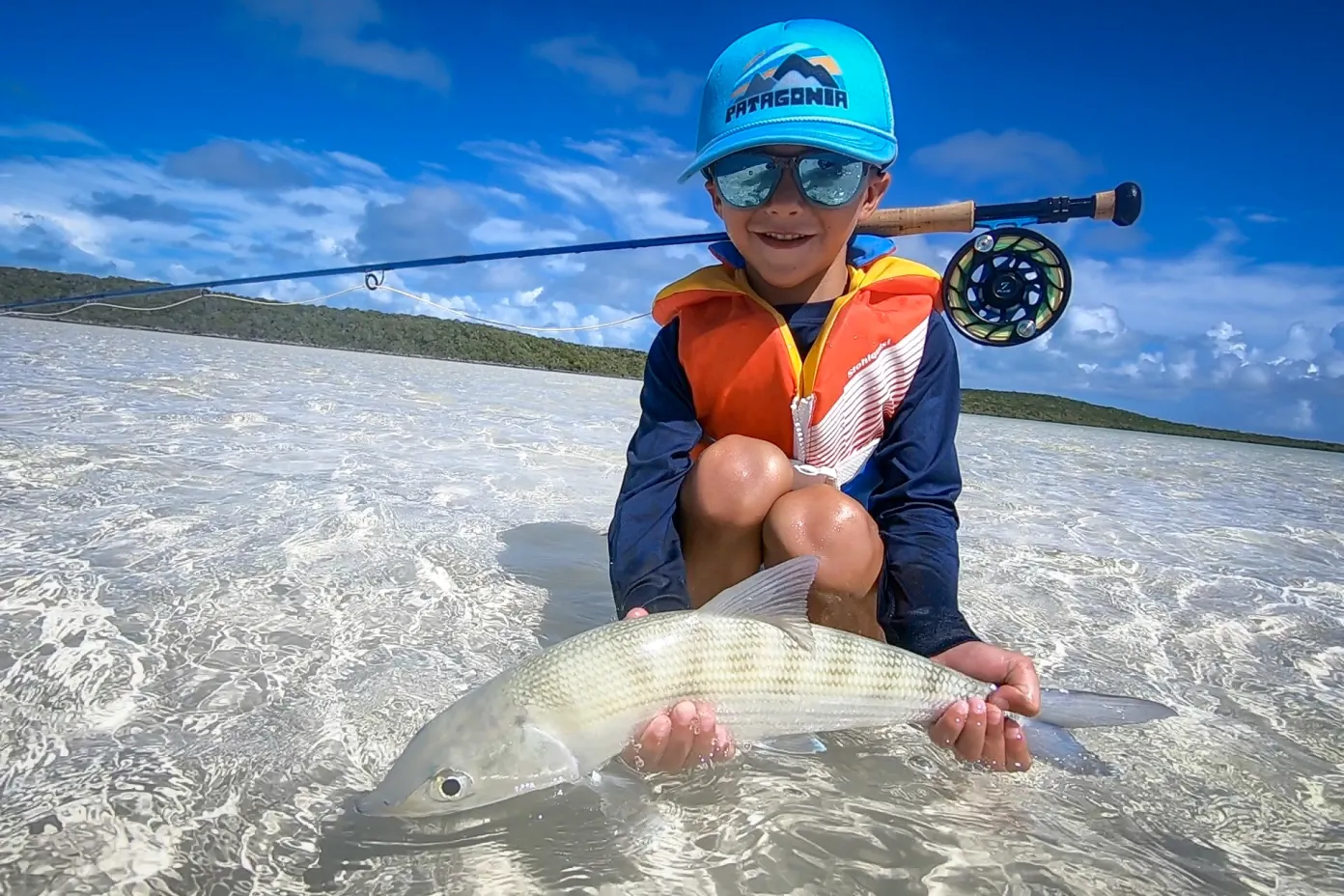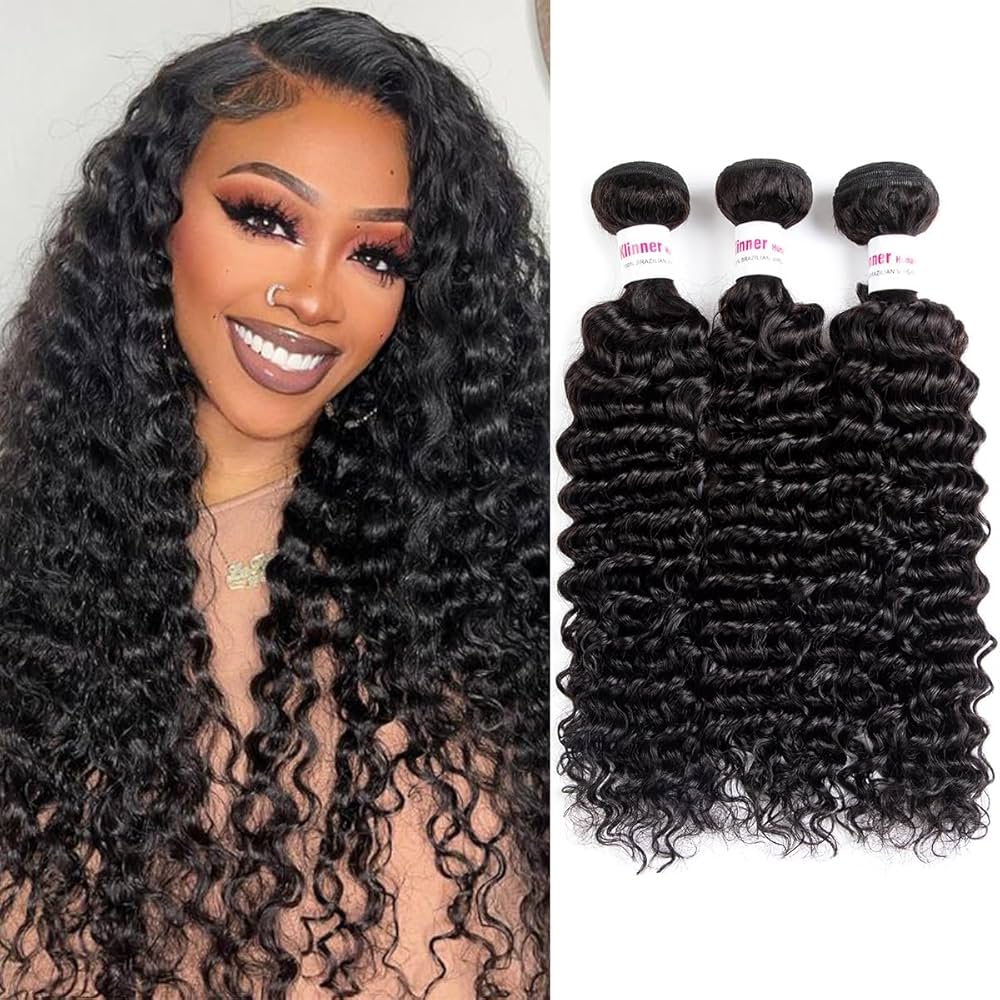When it comes to a successful fishing trip, having the right gear is just as important as your technique. Among all your fishing equipment, Fly fishing apparel plays a key role in keeping you comfortable, protected, and performing at your best in various environments. Choosing the right clothing isn’t just about style—it’s about functionality, durability, and ensuring you can focus on the water instead of the weather. This guide will walk you through everything you need to know to pick the perfect apparel for your specific fishing needs.
Understanding the Role of Fly Fishing Apparel
The right clothing serves multiple purposes. It protects you from the elements, enhances mobility, regulates body temperature, and even increases your chances of success by helping you blend into your surroundings. Fly fishing often means dealing with unpredictable conditions, from bright sun to sudden downpours, so your apparel should be versatile and adaptable.
Protection from the Elements
High-quality fishing clothing shields you from sunburn, wind chill, rain, and even insect bites. Fabrics with UPF protection, water resistance, and breathable membranes are especially important for anglers who spend long hours outdoors.
Enhanced Performance
The right apparel is designed with angler-specific features like articulated elbows, reinforced knees, and quick-drying fabrics. These help maintain comfort during casting, wading, and hiking to your fishing spot.
Factors to Consider When Choosing Fly Fishing Apparel
1. Climate and Weather Conditions
Before you buy, consider the typical weather where you fish. In hot climates, lightweight and breathable clothing with moisture-wicking properties is best. In cooler conditions, look for insulated or layered options that retain warmth without restricting movement.
2. Material and Fabric Technology
Modern fishing apparel uses advanced fabrics that combine comfort with performance. Popular materials include polyester blends for quick drying, nylon for durability, and merino wool for natural temperature regulation. Technical fabrics often include DWR (durable water repellent) coatings and UPF sun protection.
3. Fit and Mobility
Your clothing should allow full range of motion for casting and handling fish. A tailored yet non-restrictive fit is ideal. Too tight, and you’ll limit mobility; too loose, and it may snag or hinder movement.
4. Durability
Fly fishing can be tough on clothing, especially if you fish in rocky rivers or dense brush. Reinforced stitching, abrasion-resistant fabrics, and high-quality zippers ensure your apparel lasts season after season.
5. Versatility
Look for pieces that can adapt to different situations. Convertible pants that zip off into shorts, jackets with removable liners, and breathable waterproof shells are great examples of versatile options.
Essential Fly Fishing Apparel Items
Fishing Shirts
A good fishing shirt is lightweight, breathable, and offers sun protection. Long sleeves with roll-up tabs, mesh-lined vents, and moisture-wicking fabrics keep you cool and protected.
Fishing Pants
Quick-drying pants with reinforced knees and seat areas are ideal. Convertible designs let you switch between pants and shorts as conditions change.
Wading Jackets
A wading jacket is crucial in wet or windy weather. Look for fully waterproof, breathable materials with sealed seams and adjustable cuffs to keep water out.
Waders
While technically gear, waders are part of essential apparel for anglers who fish in rivers or streams. Options range from chest-high breathable waders to hip waders, depending on depth and climate.
Hats and Caps
Wide-brimmed hats or caps with neck flaps protect against sun exposure. Breathable materials and adjustable straps add comfort and stability.
Layering Pieces
For colder weather, fleece pullovers, thermal base layers, and insulated vests help maintain warmth without bulk.
Seasonal Considerations for Fly Fishing Apparel
Spring and Summer
Lightweight, breathable fabrics with high UPF ratings are essential. Consider insect-repellent clothing for areas with high bug activity. Convertible pants and moisture-wicking shirts keep you cool and dry.
Fall
Layering becomes important as temperatures fluctuate. Pair base layers with windproof and water-resistant outerwear to stay comfortable.
Winter
Insulated and waterproof clothing is critical. Look for waders with thermal lining, heavy-duty jackets, and moisture-wicking base layers to manage sweat and warmth.
Color and Camouflage
Choosing the right color can improve your chances of catching fish. Neutral or muted tones help you blend with natural surroundings, reducing the chance of spooking fish. In clear waters, earth tones are best, while darker shades work well in shaded or murky areas.
Maintenance and Care Tips
Proper care extends the life of your apparel. Always follow washing instructions, avoid fabric softeners on technical fabrics, and store clothing in a cool, dry place. Regularly reapply DWR treatments to waterproof gear.
Investing in Quality
While budget-friendly options are available, investing in high-quality fly fishing apparel pays off in durability, comfort, and performance. Premium apparel often incorporates better materials, more precise construction, and advanced weatherproofing technologies.
Common Mistakes to Avoid
- Choosing style over function
- Ignoring weather-specific needs
- Overlooking fit and mobility
- Neglecting sun and insect protection
- Buying poor-quality fabrics to save money
Final Thoughts
Selecting the right fly fishing apparel is a combination of understanding your fishing environment, knowing the key features to look for, and investing in quality pieces that offer comfort and protection. The right clothing allows you to focus on the thrill of the catch instead of battling the elements. By choosing apparel that matches your specific needs, you set yourself up for more enjoyable and successful fishing trips.
A smart angler knows that preparation is half the battle—so gear up wisely, and your next trip could be your best yet.



